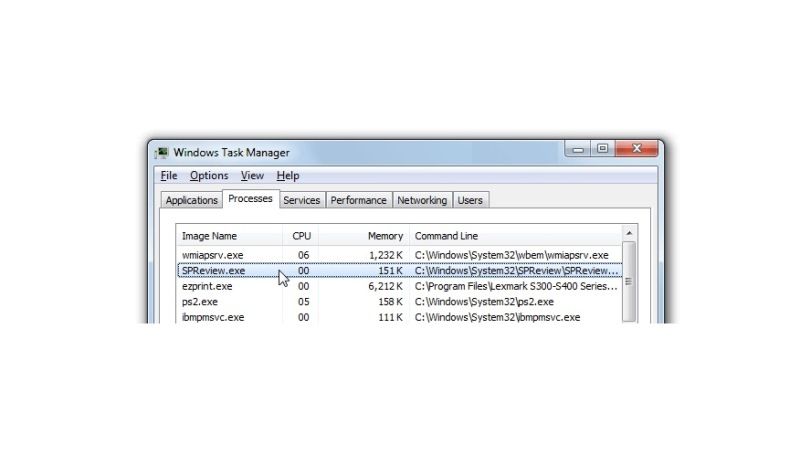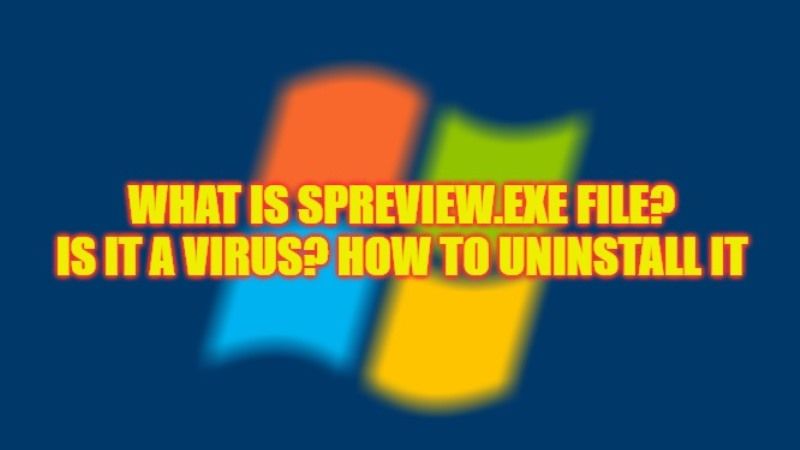There are many Windows users who want to know what is the purpose of the SPReview.exe file. Whether it is a virus or some malware, they really would want to get rid of it as soon as possible. However, if the same file is not harmful, users want to know if keeping it on the Windows operating system is essential or if it can be uninstalled. Hence, in this article, we will explain what is SPReview.exe and how to uninstall it safely on your Windows PC in detail below.
What is SPReview.exe (2023)

The SPReview.exe is basically a Microsoft application that gets installed automatically when you perform a Service Pack installation by using the Windows Update tool. You can find the same file in the System32 folder where the Windows operating system is installed on your PC, here is its location – C:\Windows\System32\SPReview\spreview.exe.
Is SPReview.exe a Virus or Malware (2023)
If you are suspicious that SPReview.exe is a virus or malware file, then follow the procedure given below to check its authenticity.
- First, open Task Manager by right-clicking on Taskbar and then clicking on Task Manager.
- After that click the column field and add Verified Signer rather than one of the columns.
- Now you need to check if the Verified Signer value for SPReview.exe says Cannot verify, then the file is a virus. You can download and install MalwareBytes Antimalware software to get rid of this file.
- But if it says verified, then it is a legitimate file.
How to Uninstall SPReview.exe
- In the Search bar, type Control Panel and click on it from the top list to open it.
- Click on Programs > Programs and Features.
- Find out the SPReview.exe file and click on it.
- On the top, you will get an option of Uninstall/Change to uninstall it.
- Just select the option of Uninstall.
- Finally, once the SPReview.exe file is removed, restart your PC and then check if you are having any problems with the same file again.
That is everything you need to know about what is SPReview.exe and whether it’s a virus and how to uninstall it. If you are searching for similar types of guides, check out our other articles only on TechNClub.com: What is the NTUSER.DAT File and Should It Be Removed, and What Is $Windows.~WS Folder and Is It Safe to Delete.
